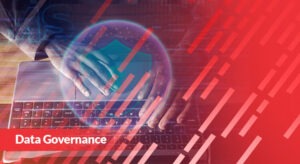Knowledgable Industry Insights
Learn the facts and new happenings of data & security

SELECT CATEGORY
RECENT BLOG POSTS
- Five Best Practices to Secure Cloud Access
- Three Standout Capabilities of ARCON | Endpoint Privilege Management
- ARCON Endpoint Privilege Management: A 2-in-1 solution for Data Protection and Red Flagging Alerts
- ARCON | Global Remote Access: Elevating User & Admin Experience
- Building Zero Trust Security Posture with ARCON | PAM for Secure Privileged Access Management Journey






